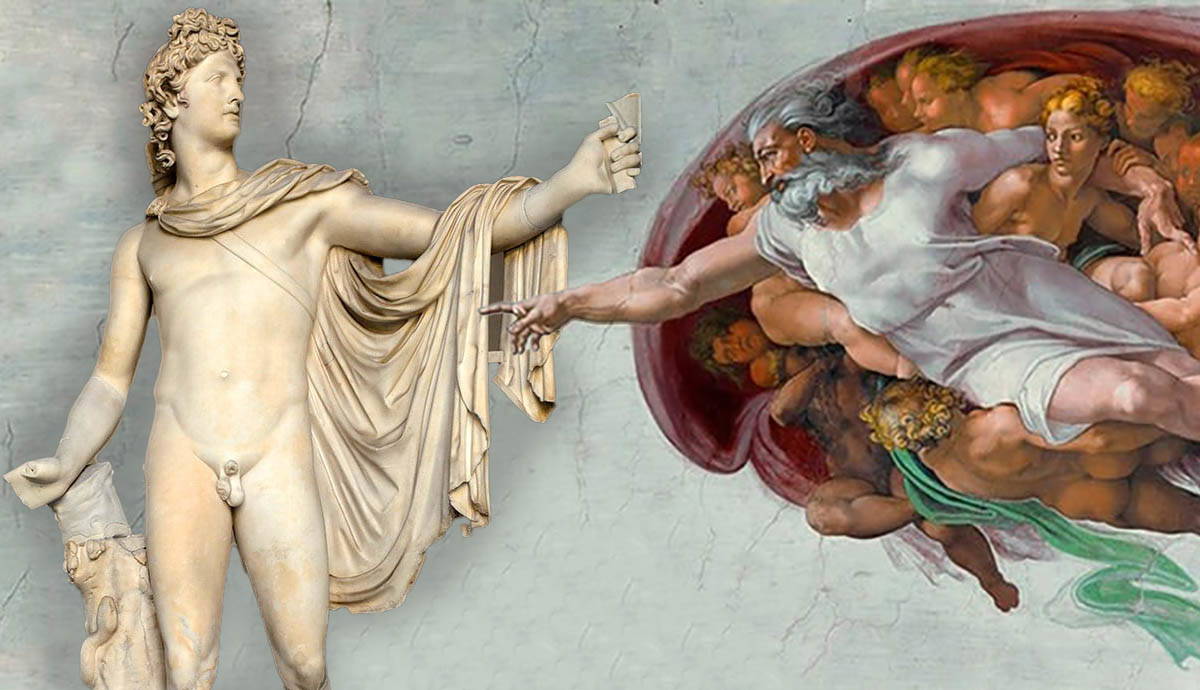Classical Art: A Timeless Legacy
Comparing Ancient and Classical Art
Art from ancient Greece and Rome remains an enduring legacy, shaping the very foundations of Western art. Both Ancient and Classical art share commonalities, yet distinct characteristics set them apart.
Ancient Art: The Genesis of Western Art
Ancient Greek and Roman art flourished during the Classical period (c. 500-300 BCE) and epitomized the principles of order, balance, and realism. Their sculptures, paintings, and architecture showcased idealized human forms, harmonious compositions, and a focus on naturalism.
Classical Art: Preserving the Legacy of Antiquity
Classical art refers to a revival and reinterpretation of Ancient Greek and Roman art that occurred during the Renaissance and Enlightenment periods. Artists such as Leonardo da Vinci and Michelangelo sought to emulate the aesthetic ideals of the ancients, resulting in masterpieces that blended classical forms with contemporary sensibilities.
Elements of Art and Design
Understanding the elements of art and design is crucial for appreciating the nuances of Classical art. These elements include line, shape, color, texture, and space. By mastering these elements, artists can convey a wide range of emotions and ideas.
The Legacy of Classicism
Classicism refers to a broad movement in art, literature, and architecture that emphasizes the principles of order, reason, and restraint. Classicism has influenced countless works of art throughout history, from the paintings of Poussin to the architecture of the Pantheon.
Conclusion
Ancient and Classical art stand as testaments to the enduring power of artistic expression. By studying and appreciating these formative periods, we gain insight into the origins of Western art and the timeless principles that continue to inspire artists today.


Komentar